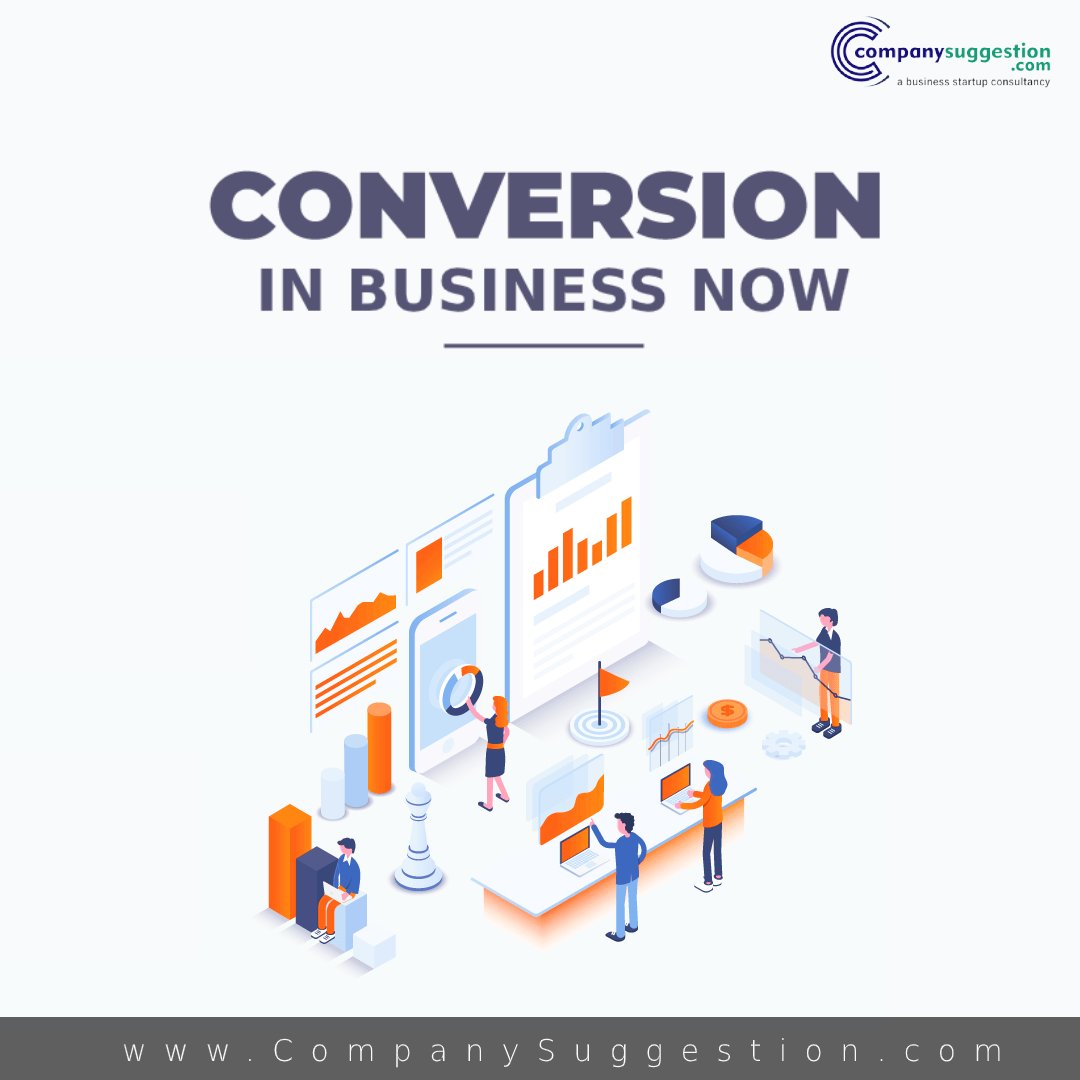Conversion of Private Limited Company into Public Company- Online Process
Conversion of Private Company into a Public Company opens a new door of opportunities, especially in the form of fund raising and reach of the market and explore new markets.
Request A Call Back
Conversion of PLC into Public Ltd Company starting from Rs.19,999/-
Conversion of Private Limited Company into Public Company
Conversion of Private Company into a Public Company opens a new door of opportunities, especially in the form of fund raising and reach of the market and explore new markets. The company can raise funds through Public Issue and accept deposits too.
Private Company V/S Public Company:
- A public limited company is a company listed on a recognized stock exchange and the stocks are traded publicly. Whereas, a private limited company is neither listed on the stock exchange nor traded. It is privately held by its affiliates.
- A minimum of 7 members is required to start a public limited company. But, a private limited company can be started with a minimum of two members.
- A public limited company has a compulsion to call a general body meeting of members. Here, there is no such compulsion in the case of a private company.
- A public limited company demands the certificate of commencement, post-incorporation, to start its operation. In contrast to this, a private company can start its business after its incorporation.
- The transferability of shares is restricted completely in private limited companies. While the shareholders of a public company can transfer their shares freely.
- While public companies must appoint a company secretary, private companies may choose to do only at their will.

Procedure For Conversion of Private Company into Public Company:
For conversion, private company into public company, it shall require to comply the following procedure:
- Conduct board meeting for discussing the agenda items:
- To approve conversion of company into public company subject to approval of shareholders.
- To adopt new set of memorandum of association (MOA) subject to approval of shareholders.
- To adopt new set of article of association (AOA) subject to approval of shareholders.
- Fix date, time and venue for conducting extraordinary general meeting (EGM).
- Issue notice of general meeting at-least 21 days clear days before the meeting to the members, or in case notice is given less than 21 days then meeting conducted in shorter notice by taking approval of more than 95% of shareholders entitled to vote.
3. Conduct general meeting for passing special resolution and for new MOA & AOA
- File form MGT-14 within 30 days of passing special resolution.
- File form-INC-27 within 15 days of passing special resolution with registrar of companies along with following attachments.
- Minutes of the general meetings (EGM/ AGM) of the members.
- Certified true copy of special resolution.
- Copy of altered MOA and AOA.
- SRN of form MGT-14 is required to fill in form INC-27.
- After approval of e-Form MGT -14 and form-INC-27, if the registrar of companies (ROC) satisfied that private company complied the prescribed requirements of conversion, it will issue the fresh certificate of incorporation and will cancel the former registration of company.
Benefits Of Conversion Of Private Limited Company Into Public Company
01
Raising capital through public issue of sharesThe ability to raise shares is the most beneficial factor of a public limited company. Especially, if it is listed on a recognized stock exchange market, it has the ability to attract investors from hedge funds, mutual funds etc. The amount of capital that can be raised is much greater than a private limited company.
02
BrandWhen the company goes public, it gets listed in the stock exchange and hence automatically more people get to know about and its functions, hence the increased brand recognition will bring more business.
03
Limited liabilityThe liability of each shareholder or member is limited. This characteristic remains intact with this conversion. Their liability is limited to the extent of their shareholding. The individual or personal assets of shareholders or members are not at risk.
04
Transferability of sharesShares in a public limited company are easily transferable as compared to the private limited company. The shareholders can sell the shares and benefit from its liquidity. This acts as an incentive for people to invest as they are not bound to remain with the company forever.
How to Conversion of sole proprietorship firm into an LLP
Click on Get Started Button and Share your Contact Details
Pick a Package that best fits your requirements and Make Online Payment for your Order.
Submit Documents for your Order Using Online Dashboard or Mail to us.
Work will be completed by us and updates delivered Online and Get your Certificate of Incorporation online.
Documents Required For Conversion Of Private Limited Company Into Public Company
- A copy of the directors’ PAN card.
- Passport size photographs of directors.
- Copy of Aadhar card or voter ID.
- Copy of the rental agreement.
- Electricity or water bill (Business place)
- The copy of property papers, if it is owned.
- No Objection Certificate of Landlord
Frequently asked questions onConversion Of Private Limited Company Into Public Company
1. How can a private company be converted into a public company?
Ans. In the following cases, a private company becomes a public company by the operation of law: … When the private company holds not less than 25% of the paid up share capital of a public company. When the private company invites, accepts or renews deposits from the public.
2. How many members should sign the MoA in case of private company?
Ans. Memorandum of Association helps the shareholders, creditors and any other person dealing with the company to know the basic rights and powers of the company MoA must be signed by at least 2 subscribers in case of a private limited company, and 7 members in case of a public limited company
3. What is Moa and its contents?
Ans. A memorandum of association contains a name clause, registered office clause, object (or objective clause), objects clause, liability clause, capital clause, and association clause. An MOA is a type of legal paper that is prepared when forming and registering a limited liability company (LLC).
4. What are the objects of a company?
Ans. An objects clause is a provision in a company‘s constitution stating the purpose and range of activities for which the company is carried on. In UK company law, until reforms enacted in the Companies Act 1989 and the Companies Act 2006, an objects clause circumscribed the capacity, or power, of a company to act.
5. What is doctrine of ultra vires?
Ans. The Doctrine of Ultra Vires is a fundamental rule of Company Law. … Hence, if the company does an act, or enters into a contract beyond the powers of the directors and/or the company itself, then the said act/contract is void and not legally binding on the company. The term Ultra Vires means ‘Beyond Powers’.
6. What do you mean by shares?
Ans. A share is a single unit of ownership in a company or financial asset. Ad. It is essentially an exchangeable piece of value of a company which can fluctuate up or down, depending on several different market factors. Companies divide capital into shares as a means of raising capital. Shares are also known as stocks.
7. Why shares are issued?
Ans. Companies issue shares to raise money from investors who tend to invest their money. … These allow the shareholders a stake in the company’s equity as well as a share in its profits, in the form of dividends, and the aptitude to vote at general meetings of shareholders.

Following registered persons not required to file GSTR 1, 2 and 3 such as:
Goods and Services Tax (GST) is an indirect tax applicable on the supply of goods and services. It is a comprehensive, multistage, destination based tax. It has subsumed almost all the indirect taxes except a few state taxes. It is collected from point of consumption and not point of origin like previous taxes.
Documents attach in trademark application:-
A trademark can be registered by the Controller General of Patents Designs and Trademarks, Ministry of Commerce and Industry, Government of India under Trademark Act, 1999 to protect the identity of any goods and services.
Some basic information about Income tax
An income tax is a tax imposed on individuals or entities commonly known as taxpayers that varies with respective income or profits. Income tax generally is computed on taxable income which is calculated after various deductions. Taxation rates may vary by type or characteristics of the taxpayer.
Basic Features to Read before starting private limited company
Private company is required to add the word “Private limited” or “Pvt. Ltd.” to end of its name. Private company should have at least two member and two directors. Private company have right to issue debentures to any number of persons.
Features of Public Limited Company
MCA provides the facility for incorporation of public limited company. For incorporation, firstly apply for name through RUN (Reserve Unique Name) on MCA portal. After availability of name from ROC we should file incorporation form i.e. Spice 32, INC 33(for eMOA), INC 34(for eAOA), .